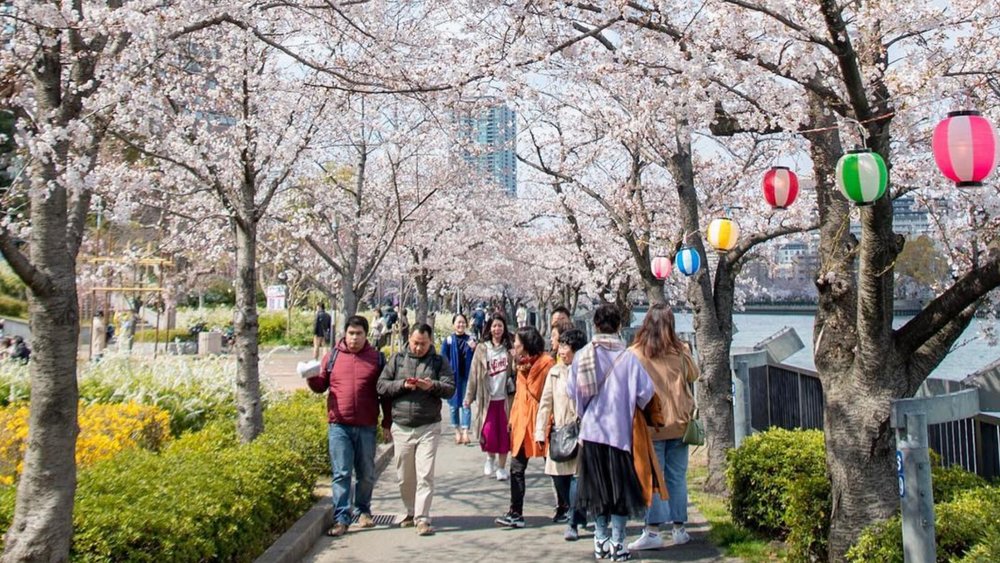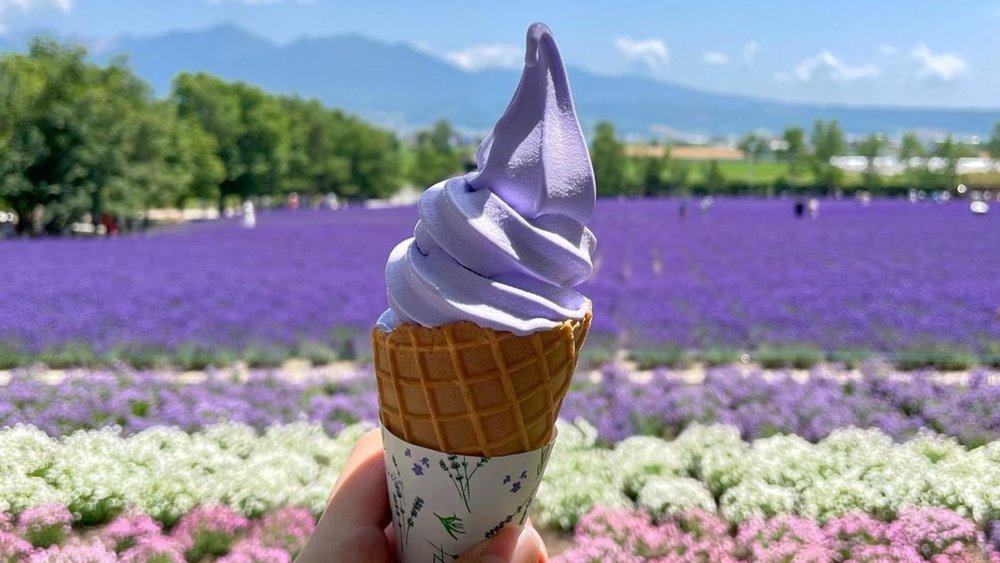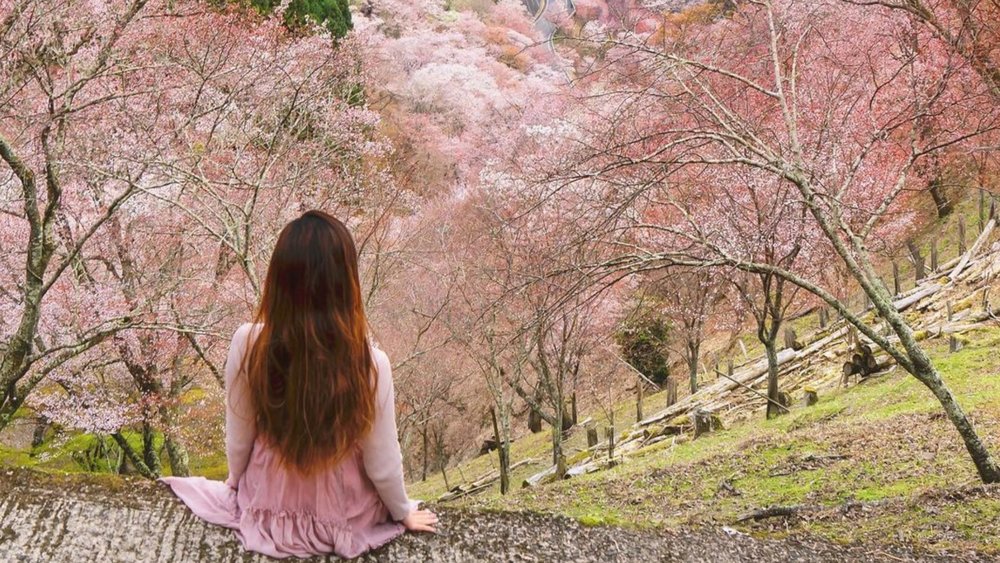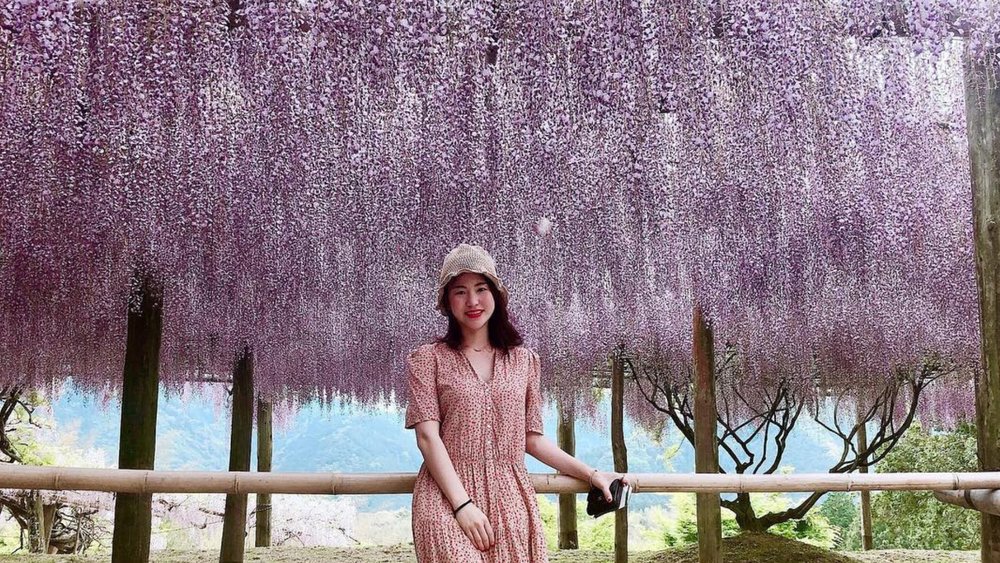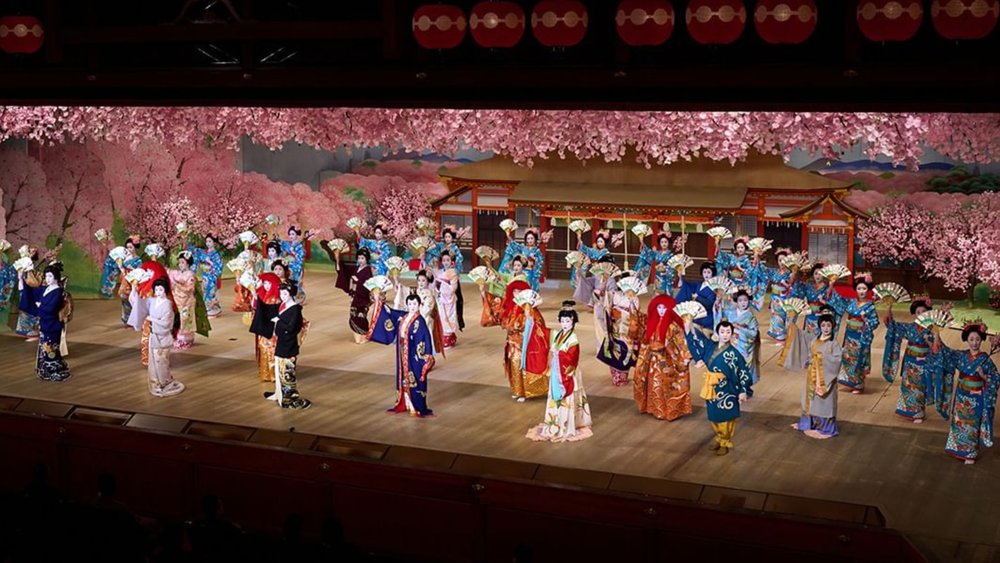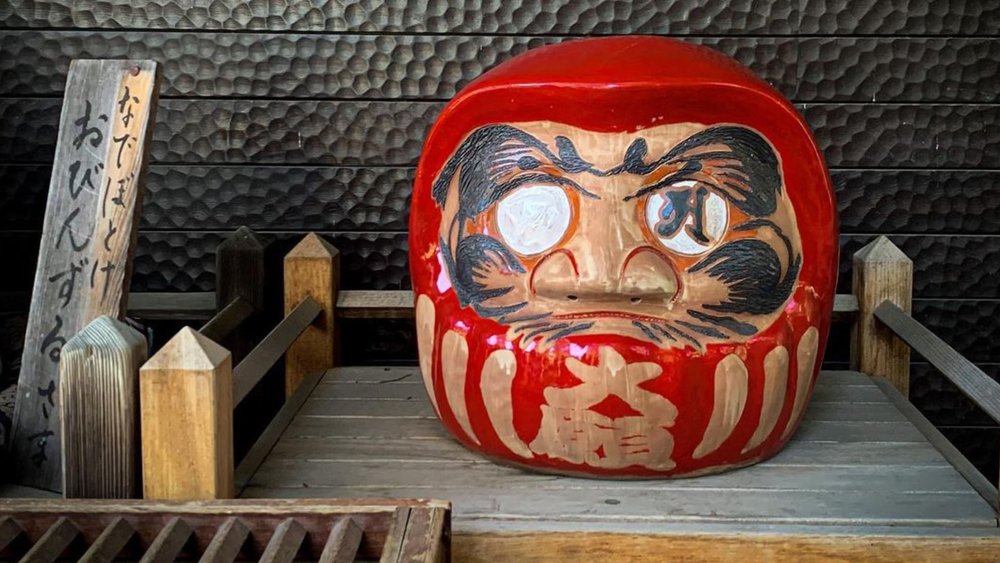The most popular season in Japan is coming up! If you've been wondering when to visit Japan, then you better plan ASAP because spring is the best time to see the country!
So, when is spring in Japan, exactly? Japan's spring months last from March to May, which are usually the busiest, with tourists flocking to see cherry blossoms in full bloom. Fun fact: Cherry blossoms, or sakura, are Japan's symbolic flower!
The weather is also nice and cool, which makes it perfect for sightseeing and taking part in spring activities. The temperatures usually range from 4 to 18 degrees Celsius, so don't forget to pack a thick coat and sweater if you're celebrating spring in Japan. To know more about how to enjoy spring like the locals, keep reading about the best places to see cherry blossoms.
How does Japan welcome spring?
Spring in Japan represents new life and new beginnings as the landscape comes alive with different flora after a cold winter. There are several cherry blossom activities and events happening all throughout the country in celebration, but before all of that, the colourful season in Japan is welcomed through the Hanami Festival.
In Japanese, hana means "flower", and mi means "to look at." The Hanami Festival is a flower-viewing celebration that was originally practised by Japanese high society to view ume (plum) blossoms. They drank wine and chatted under plum or cherry trees, appreciating the blossom season. Today, many visitors gather to celebrate the Hanami Festival and marvel at the beauty of cherry blossoms.
You can easily have your own hanami with a picnic at any of the top cherry blossom spots in each city for a date amongst the flowers. There are also strawberries and sakura-flavoured treats, like sakura mochi and cherry blossom soba noodles, available at any festival you visit, so make sure to try these spring delicacies.
More activities await, so start planning your itinerary early, and read on to find out how the Japanese welcome spring, how to join the festivities, and where to go for the best views of the cherry blossoms.
Cultural activities that the Japanese do in spring
One of the things Japan is known for is its uniquely themed festivals, from ones about cherry blossoms to onsen or hot springs. Each city has its own spring traditions, but here are some of the most popular throughout the country.
Aoi Matsuri
Japan's spring wouldn't be complete for the locals without the Aoi Matsuri, which is one of the oldest and most celebrated parades in Japan. The festival is held on May 15th every year, and there's a parade that runs from the Imperial Palace to the Kamigamo Shrine and the Shimogamo Shrine in Kyoto.
It's a ritual from the time of Emperor Kinmei, when the country was struck by hard rain, typhoons, and poor harvests for several days. The emperor sent representatives to make offerings to the deities at the two shrines, after which the natural disasters stopped.
The Aoi Matsuri continues until today, as participants dress in costumes inspired by the Heian period and carry offerings to the gods for protection against natural disasters.
Kanda Matsuri
The Kanda Matsuri is one of the most famous festivals in Tokyo, but the festivities are only held every other year in May. The festival is held over the course of a week at Kanda Myojin, with different events each day. One of the main events includes over 200 mikoshi, or portable shrines, being paraded through the downtown area of Kanda Shrine as people pray for wealth and good fortune for the new year.
4 things to do in Japan in spring
1. Pick as many strawberries as you can
When experiencing spring in Japan, you absolutely have to have strawberries. The fruits are the queen of the season, and Gunma Prefecture is the place to go for perfectly sweet and vibrant red strawberries, specifically Yayoihime strawberries, which have an addicting balance of sweetness and acidity.
Strawberry picking is easily one of the must-try spring activities in Japan 'cause they'll be at their most ripe. Plus, you can have as many strawberries as you want without breaking the bank. Pick your own batch of delicious fruits at one of the many strawberry farms—and maybe even pop some in your mouth while you're at it!
Klook Tip: Arrive at the farm early to have the best pickings.
2. Try different teas and a game of Chakabuki
Spring in Japan doesn't only usher in cherry blossoms but also the ichibancha (first tea) season, which begins with the first harvest, usually in early April. Green tea farmers wait to pick the most flavourful and aromatic tea of the year.
They have milder and sweeter tastes than those harvested in later seasons and are rich in vitamins and minerals. They're even said to bring good luck! Plus, ichibancha also yields the highest grades of sencha, matcha, gyokuro and tamaryokucha, so if you've been waiting to try these teas out, do it now.
Get an in-depth look at Japanese tea culture, and the process of growing and making Japanese tea with a visit to a tea farm. This Shizuoka farm is well-known for high-quality green tea or matcha. While you're there, you can also try your hand at a game of Chakabuki. It's a traditional game where participants guess the types of tea only through their fragrance, appearance, and taste.
3. Trek the Tateyama Kurobe Alpine Route
The winter season may be over, but the Tateyama Kurobe Alpine Route actually opens in spring—in April, to be exact—and it's the best way to experience the snow and cool weather, even for just a little while. Trek through Japan's own Northern Alps with snow walls up to 20m high! The path is literally carved through the snow, and you'll be face-to-face with pure white walls.
Take in the views of the Tateyama Mountain Range, which offers different views throughout the seasons, but in the spring, it's completely covered in snow. You can also brave the Tateyama Ropeway for a bird's-eye view of the entire range that will leave you in awe.
4. Relax in an onsen
The spring season in Japan is a great time to take a dip in an onsen! The weather isn't too chilly like in the winter, and it isn't too warm like in the summer. The Beppu Hatto Onsen Festival takes advantage of the weather and happens every April.
Beppu, also known as the hot springs capital of Japan, has eight different onsen towns in the city, each offering a variety of bath types, such as mud baths, sand baths, steam baths, and more. The festival actually celebrates the heaps of onsens in the city, and they even hold a Beppu Bath Marathon where participants go to 42 onsens within five days, and more than 100 onsens become free for a limited time!
4 places to go in Japan in spring
1. Mount Fuji
Mount Fuji is one of Japan's most iconic landmarks, with the tallest peak in the country at 3,776m. It's a must on any trip to Japan as tourists from all around the world visit to see the scenery: the snow-capped mountains, the Fuji Five Lakes, and the Aokigahara Forest.
The best time to go to Japan for clear views of Mount Fuji is from November to February, but April and May are just as beautiful, with around 500,000 pink moss in bloom for the Shibazakura Festival. There will even be local delicacies like Koshu Fujizakura pork soup and Yoshida udon (that's made with horse meat!) available to try.
2. Golden Route Cherry Blossom Viewing Spots
Although you'll spot cherry trees just strolling around Japan, parks and gardens are undoubtedly the best cherry blossom spots, especially if you're planning to enjoy hanami. Make the most of the sakura season in these areas:
Kyoto
Spend an entire day of sightseeing on this cherry blossom tour through Kyoto's best viewing areas. Yodogawa Kasen Park lets you experience a 1.4km pink tunnel of 250 cherry blossom trees coupled with a warm cup of tencha (a local speciality) from a nearby cafe. If you want more sakura, head to Arashiyama, most popular for its bamboo grove forest.
The Togetsukyo Bridge comes in second as a stunning spot for cherry blossom viewing against the waters of the Katsura River. Lastly, aside from being a sacred temple and a world heritage site, Daigoji Temple is also known for having many cherry trees (about 700!) and beautiful blooms throughout its grounds.
Tokyo
If you want the best of the best spots for seeing the cherry blossoms in Japan, then make sure to visit Meguro River. 800 pink and white cherry trees run on either side of the river, making it look straight out of an anime in the day. Then, it transforms into a magical wonderland at night with all the lanterns!
The lively Ueno Park is also always filled with heaps of visitors, but it's especially busy during spring in Japan when they hold their cherry blossom festival with over 1,000 sakura trees in the area.
Osaka
Osaka Castle is the symbol of the city, as it used to be the largest castle in Japan. It also happens to be one of the best sakura spots! The five-story castle offers unparalleled views of the city, along with over 4,000 cherry trees.
Kema Sakuranomiya Park has even more trees, almost 5,000 of which span the Okawa River, leaving plenty of space for picnics and hanami parties.
3. Hokkaido
Since it's at the northernmost tip of Japan, Hokkaido is the last area to welcome the spring season. The rest of Japan might start to feel the summer heat in May, but Hokkaido stays cool even around this time. So, if you missed the winter slopes, you can still head to Hokkaido to ski up until May!
You can also catch Hokkaido's cherry blossoms since they don't start flowering until towards the end of spring. Make your way to Farm Tomita as well for their Spring Field of tulips, chives, poppies, and perennials.
4. Yoshino
Cherry blossom fans will tell you that the mountain village of Yoshino should be at the top of your itinerary on your spring trip to Japan. The village and the hills of Mount Yoshino are patterned in shades of pink, with 30,000 cherry trees everywhere you turn! You won't even have to hike to the peak to appreciate the view since the Yoshimizu-jinja Shrine is already one of the best locations to see cherry blossoms.
3 unique spring activities
1. Pass through the Wisteria Tunnel
Head to Kawachi Fuji Garden to see some of the most spectacular floral displays in the world, specifically of wisteria. The garden features a special collection of wisteria trees that form a roof of drooping flowers, a hillside viewpoint overlooking the seas of wisteria, and two long tunnels of colourful wisteria trees. The garden is only open twice a year, during spring and autumn, so don't miss out on this opportunity.
2. Watch the Miyako Odori
The Miyako Odori, also known as "The Dance of the Capital," is a unique spring tradition in Kyoto meant to lift local spirits after Tokyo was first recognised as the capital. The performance has been going on for 143 seasons now, and it only takes place in April. The Miyako Odori features maiko (apprentice geishas) and geisha performing songs, dances, and theatrical performances inspired by Japanese culture, folklore, and the cherry blossom season.
3. Make a wish on a Daruma Doll
Experience the Jindaiji Temple Daruma Doll Fair right at the beginning of Japan's spring season, a tradition that began in Tokyo during the Edo period. Daruma Dolls are traditional Japanese dolls used as talismans for good luck or gifts of encouragement. Their colour and design can differ depending on the artist, but they are usually red and inspired by the Indian monk, Bodhidharma.
Pick out your own daruma doll, write a wish on its back, and then take it to a monk who will fill in the left eye with a character. The marked eye represents a wish that's been made, and a year later, participants come back and return the daruma doll for the monk to mark the right eye if their wish came true. Throughout the day, prayers are also offered to fend off bad luck and welcome success.
The cherry blossom season is the most awaited season in Japan, and there are heaps of events happening throughout the country—from festivals to tea tastings—to give you a blooming spring experience like no other. Just make sure to check the cherry blossom forecast ahead of your trip to guarantee you see cherry blossoms in Japan, and book your tickets early before they sell out!
Written by: Gabby Mendoza

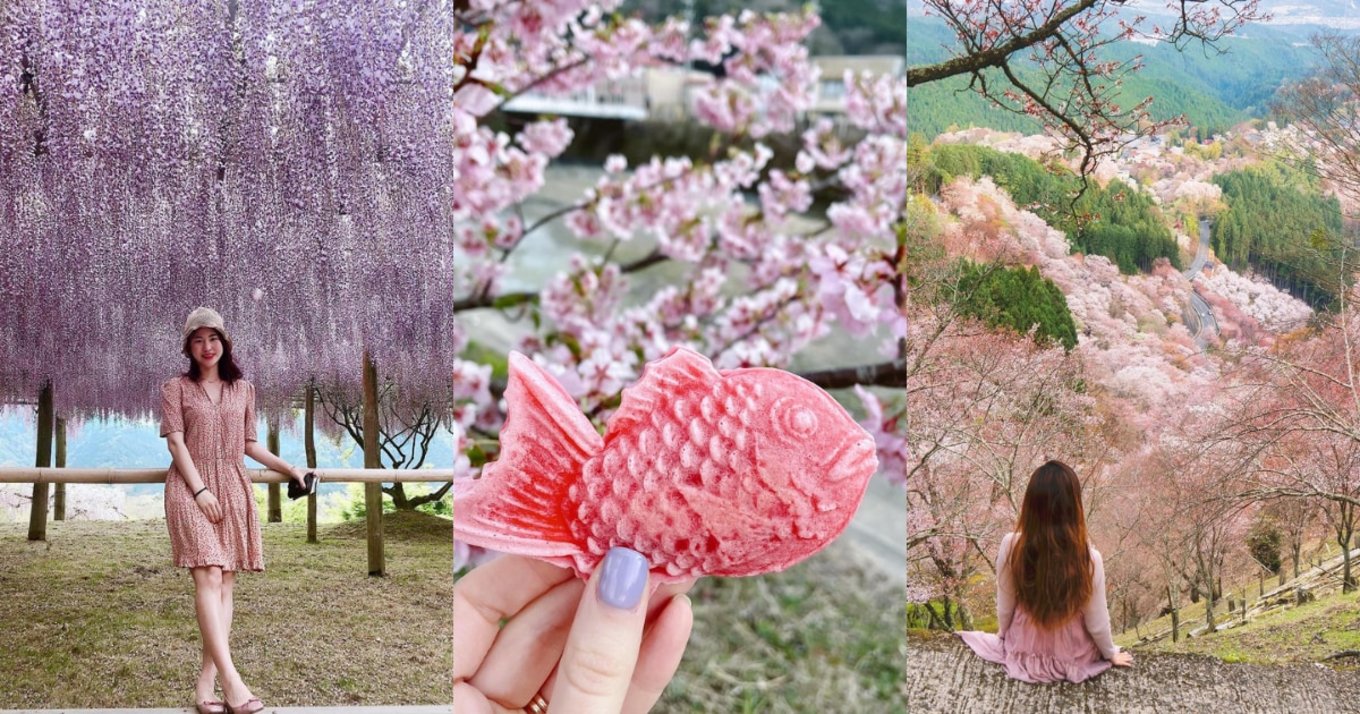
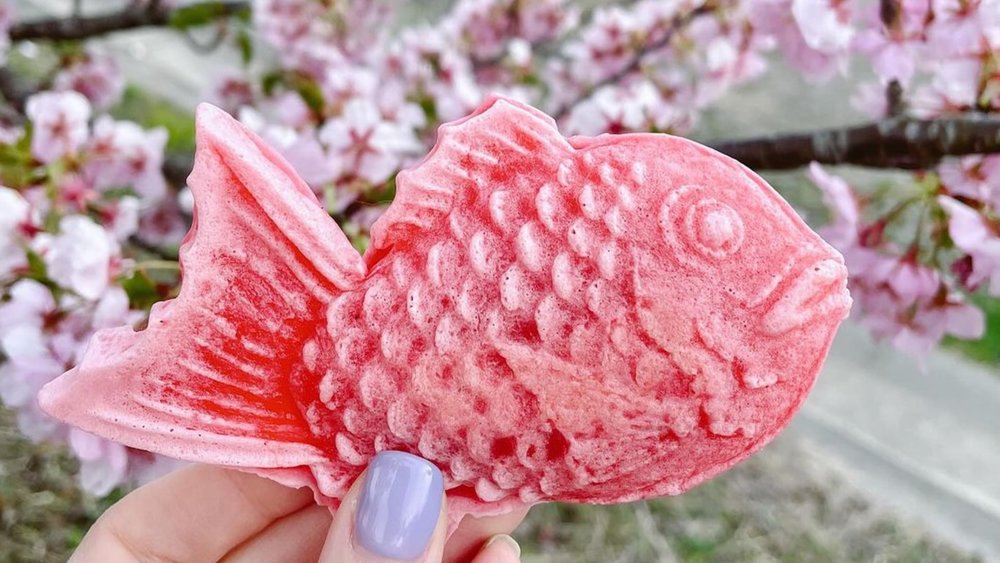
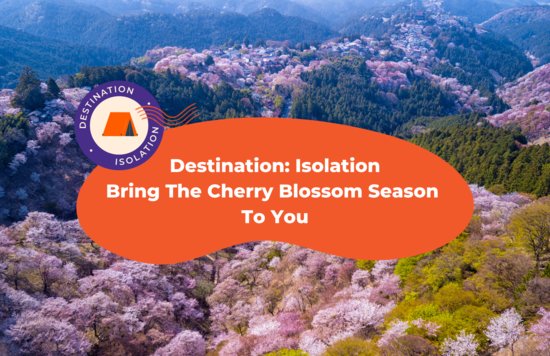
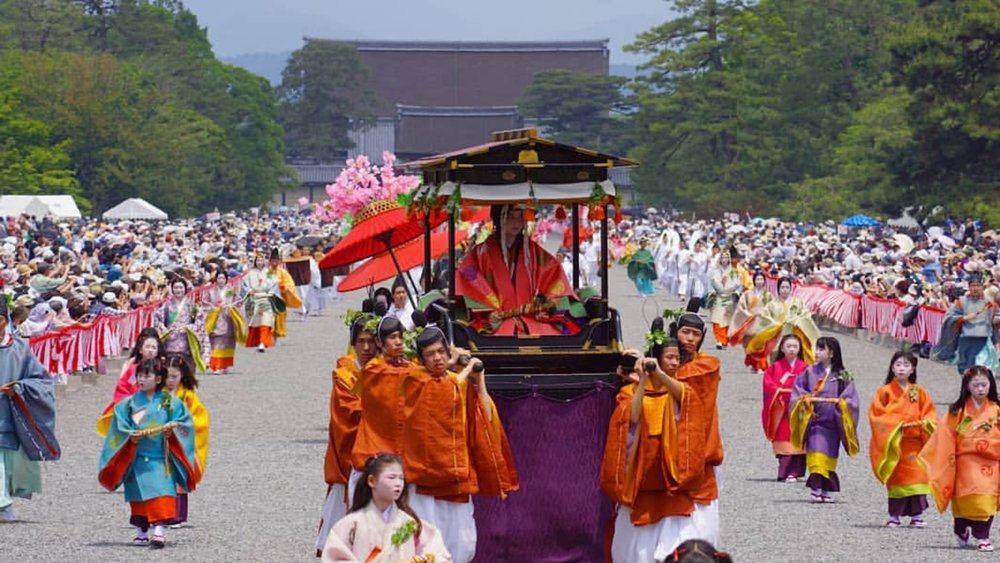
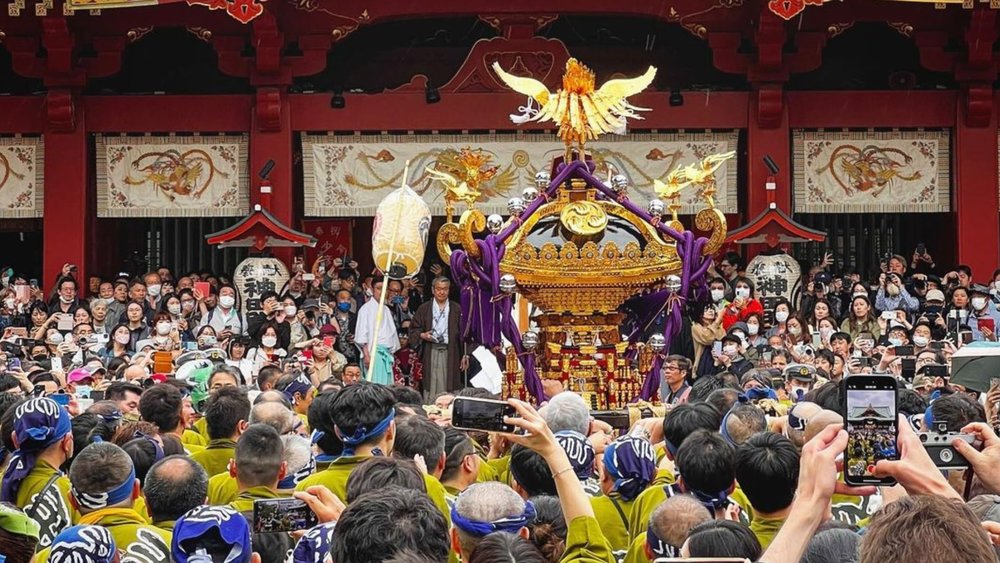
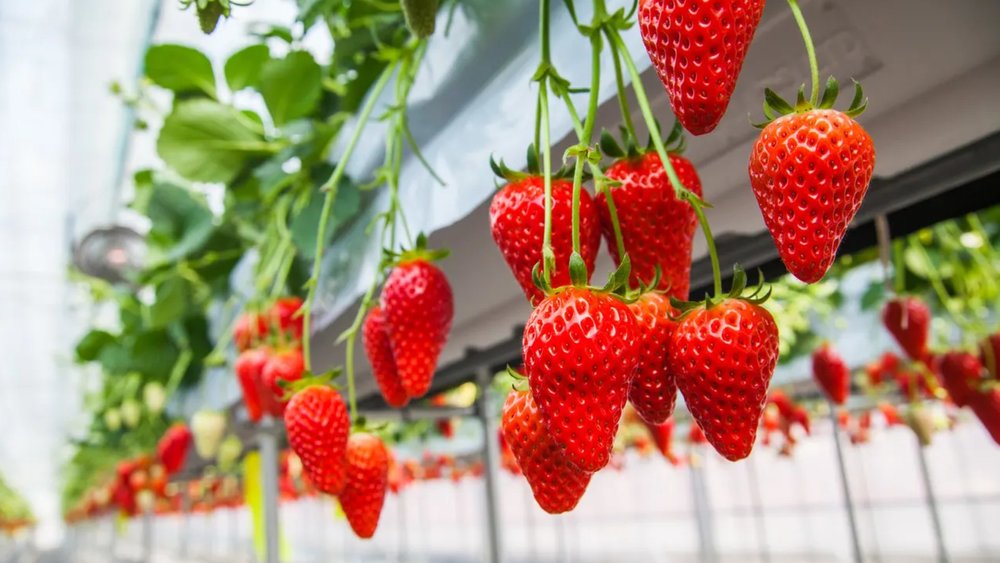
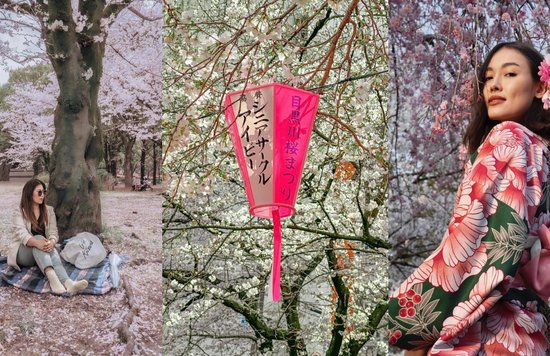
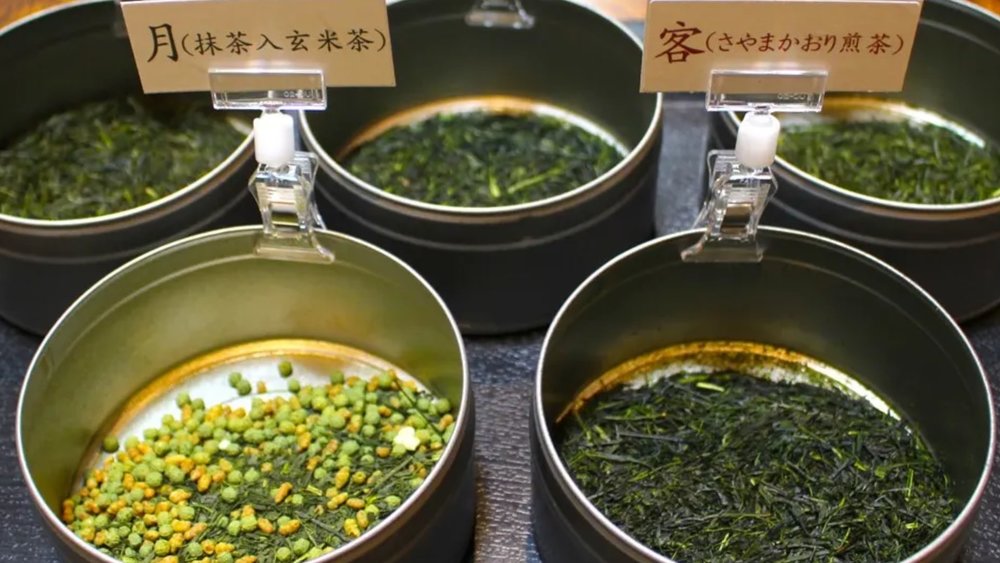


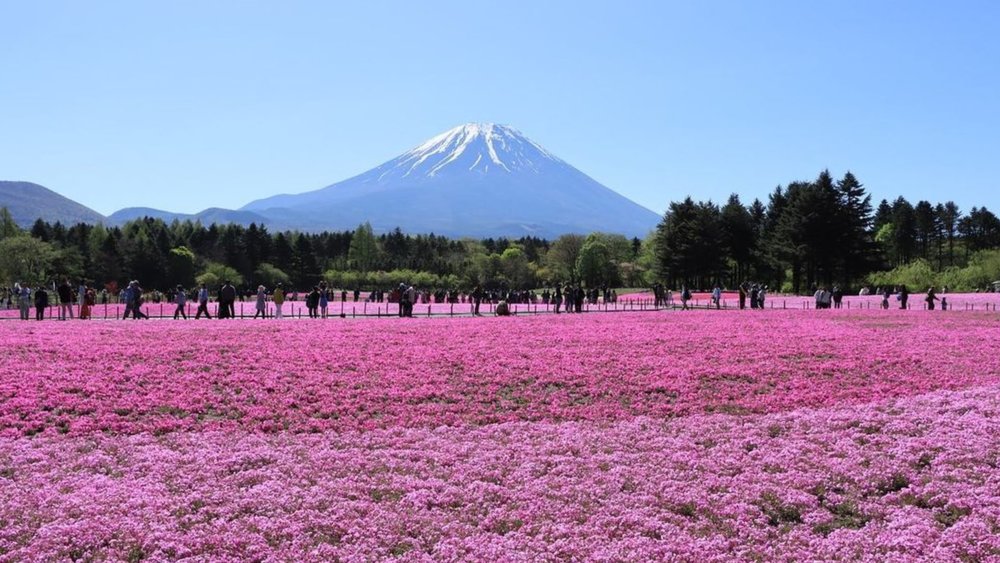
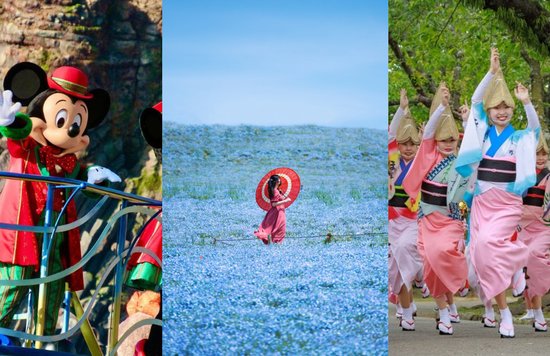
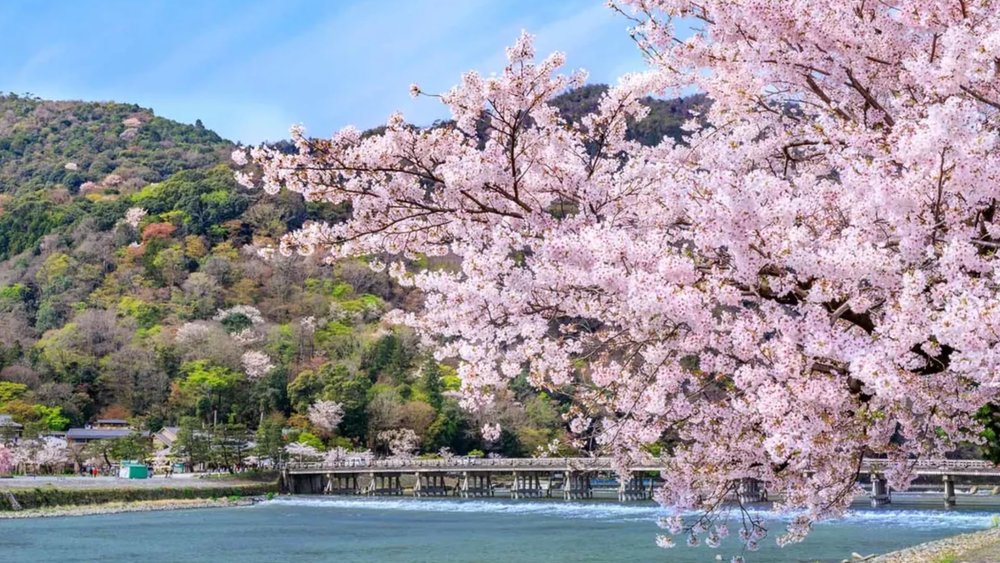
![Feel like you're in your own drama at the Meguro River. Credits to @jpdeoliveira on Instagram]](https://res.klook.com/image/upload/fl_lossy.progressive,q_85/c_fill,w_1000/v1709609406/df2bc8lh2zzqxta3yai9.jpg)
